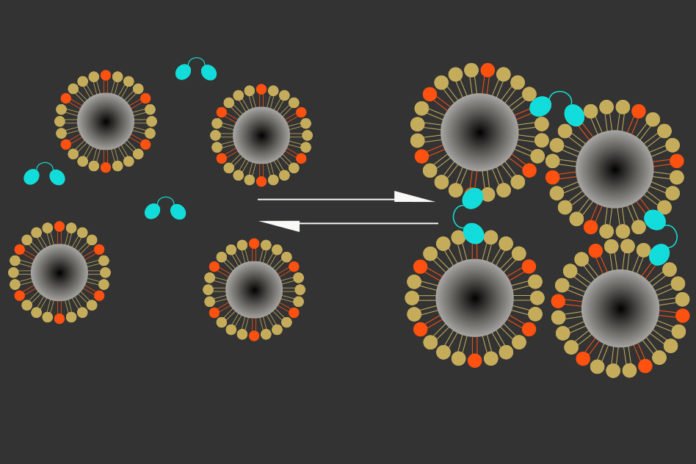MIT neuroscientists have built up another magnetic resonance imaging (MRI) sensor that enables them to screen neural movement profound inside the mind by following calcium particles.
Since calcium particles are straightforwardly connected to neuronal firing — not at all like the adjustments in bloodstream identified by different sorts of MRI, which give a circuitous flag. This new kind of detecting could enable analysts to interface particular cerebrum capacities to their example of neuron movement, and to decide how far off mind locales speak with each other amid specific assignments.
Calcium ion flow can be directly linked to neuron activity. When a neuron fires an electrical impulse, calcium ions rush into the cell. For about a decade, neuroscientists have been using fluorescent molecules to label calcium in the brain and image it with traditional microscopy. This technique allows them to precisely track neuron activity, but its use is limited to small areas of the brain.
Now, scientists came up with a novel way for imaging calcium utilizing MRI, which empowers substantially bigger tissue volumes to be broke down. To do that, they outlined another sensor that can identify unobtrusive changes in calcium fixations outside of cells and react in a way that can be recognized with MRI.
The new sensor consists of two types of particles that cluster together in the presence of calcium. One is a naturally occurring calcium-binding protein called synaptotagmin, and the other is a magnetic iron oxide nanoparticle coated with a lipid that can also bind to synaptotagmin, but only when calcium is present.
Calcium binding induces these particles to clump together, making them appear darker in an MRI image. High levels of calcium outside the neurons correlate with low neuron activity; when calcium concentrations drop, it means neurons in that area are firing electrical impulses.
Alan Jasanoff, an MIT professor of biological engineering, brain, and cognitive sciences, and nuclear science and engineering, an associate member of MIT’s McGovern Institute for Brain Research, and the senior author of the study said, “Concentrations of calcium ions are closely correlated with signaling events in the nervous system. We designed a probe with a molecular architecture that can sense relatively subtle changes in extracellular calcium that are correlated with neural activity.”
MIT research associates Satoshi Okada and Benjamin Bartelle are the lead authors of the study, which appears in the April 30 issue of Nature Nanotechnology. Other authors include professor of brain and cognitive sciences Mriganka Sur, Research Associate Nan Li, postdoc Vincent Breton-Provencher, former postdoc Elisenda Rodriguez, Wellesley College undergraduate Jiyoung Lee, and high school student James Melican.
During experimenting on rats, scientists injected the sensors into the striatum, a region of rats that is involved in planning movement and learning new behaviors. They then gave the rats a chemical stimulus that induces short bouts of neural activity and found that the calcium sensor reflected this activity. After injecting, they found that the sensor picked up activity induced by electrical stimulation in a part of the brain involved in reward.
The sensor can accurately detect changes in neural activity induced by chemical or electrical stimulation, deep within a part of the brain called the striatum.
Xin Yu, a research group leader at the Max Planck Institute for Biological Cybernetics in Tuebingen, Germany, who was not involved in the research said, “This approach provides a novel way to examine brain function.”
Although we have accumulated sufficient knowledge on intracellular calcium signaling in the past half-century, it has seldom been studied exactly how the dynamic changes in extracellular calcium contribute to brain function or serve as an indicator of brain function,” Yu says. “When we are deciphering such a complicated and self-adapted system like the brain, every piece of information matters.”
Jasanoff said, “With this kind of sensor, mapping patterns of neural activity with greater precision than is now possible. You could imagine measuring calcium activity in different parts of the brain and trying to determine, for instance, how different types of sensory stimuli are encoded in different ways by the spatial pattern of neural activity that they induce.”
